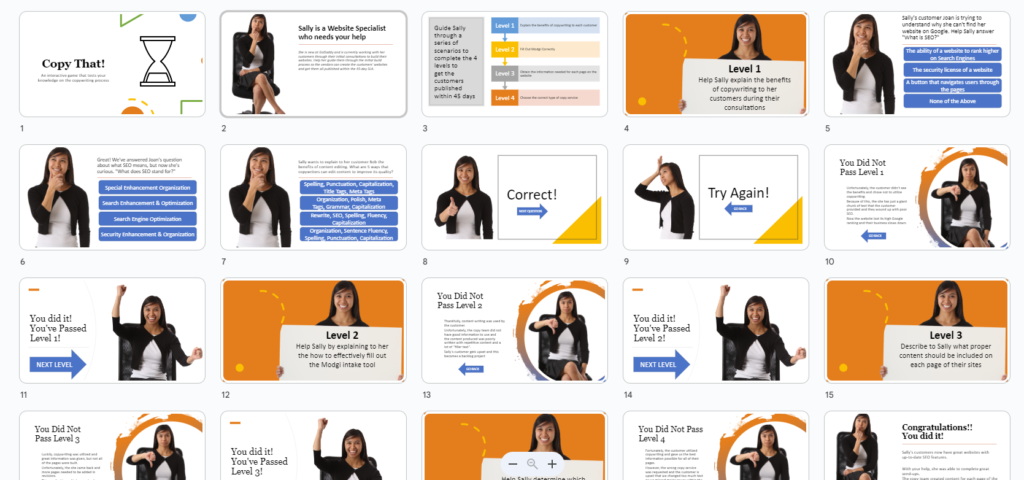
The Power of Storyboarding
Storyboarding is a crucial step in the instructional design process, serving as a visual blueprint for educational content. By breaking down complex ideas into manageable parts, storyboarding helps designers and educators visualize the flow of instruction, ensuring clarity and coherence.

What is Storyboarding?
At its core, storyboarding involves creating a series of sketches or frames that outline the sequence of learning activities, multimedia elements, and assessments. It allows instructional designers to plan the structure of a course or module, laying out how learners will engage with content and interact with each other.
Benefits of Storyboarding
- Enhanced Clarity: Storyboards provide a clear visual representation of the course structure, making it easier to see how each component fits together. This clarity aids in communication with stakeholders, such as subject matter experts and clients.
- Efficient Planning: By mapping out the course in advance, designers can identify potential gaps or redundancies in content. This proactive approach saves time and resources during the development phase.
- Improved Engagement: A well-structured storyboard considers the learner’s journey, incorporating diverse instructional strategies and multimedia elements that cater to different learning styles. This engagement is key to effective learning.
- Iterative Feedback: Storyboarding encourages collaboration and feedback early in the design process. Involving stakeholders at this stage helps refine ideas and ensure the final product aligns with learning objectives.

Best Practices
- Start with Learning Objectives: Define what learners should achieve by the end of the course. This focus will guide your storyboard development.
- Keep it Flexible: Use storyboards as a living document. Be open to revisions as you gather feedback and insights during the design process.
- Use Visuals: Incorporate sketches, images, or digital tools to make the storyboard visually engaging. This will help convey ideas more effectively than text alone.
- Include Assessment Points: Clearly indicate where assessments will take place, ensuring alignment with learning objectives and providing opportunities for learner reflection.
Conclusion
Storyboarding is more than just a planning tool; it’s a fundamental part of creating effective instructional materials. By investing time in this process, instructional designers can craft engaging, structured, and impactful learning experiences that resonate with learners.
